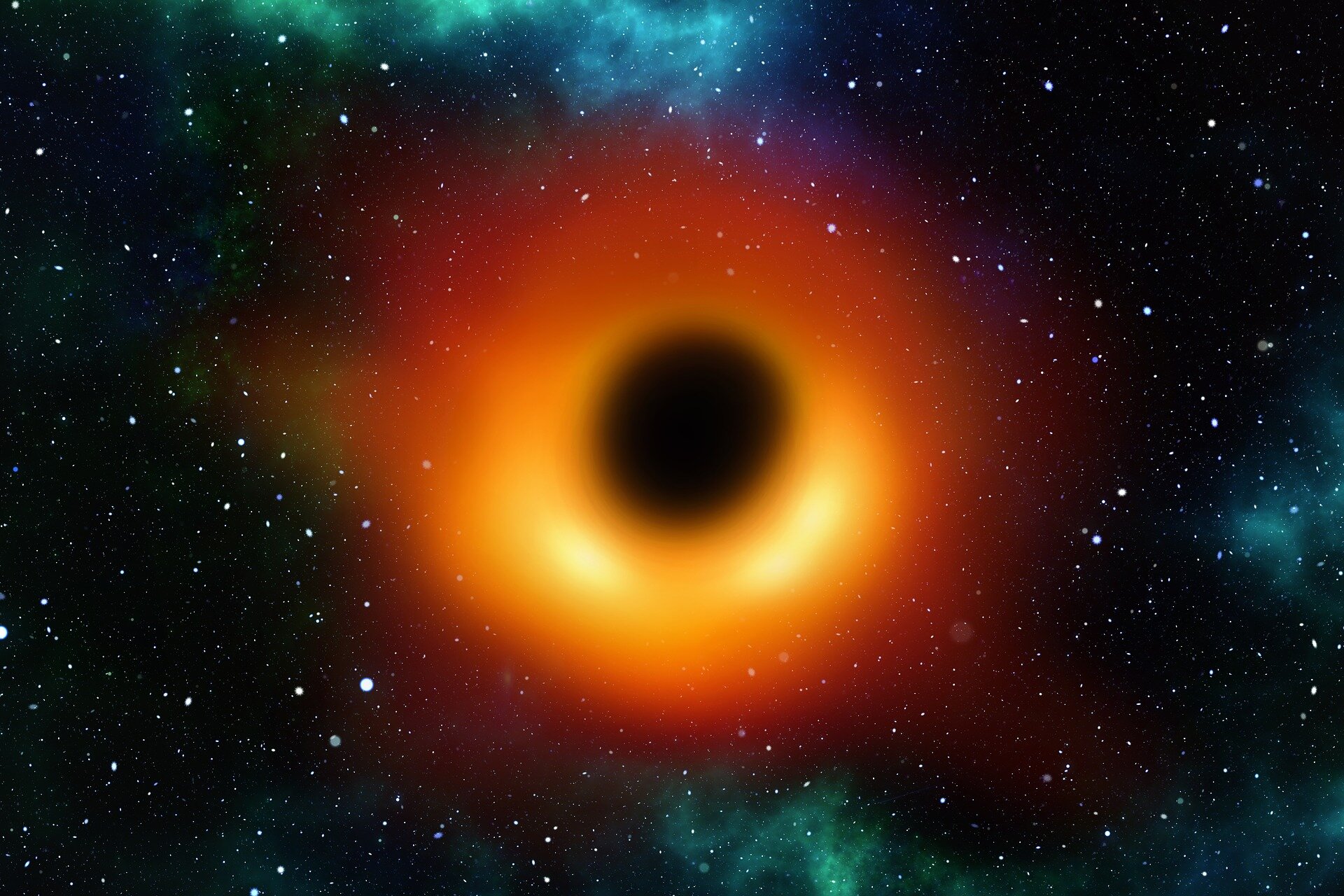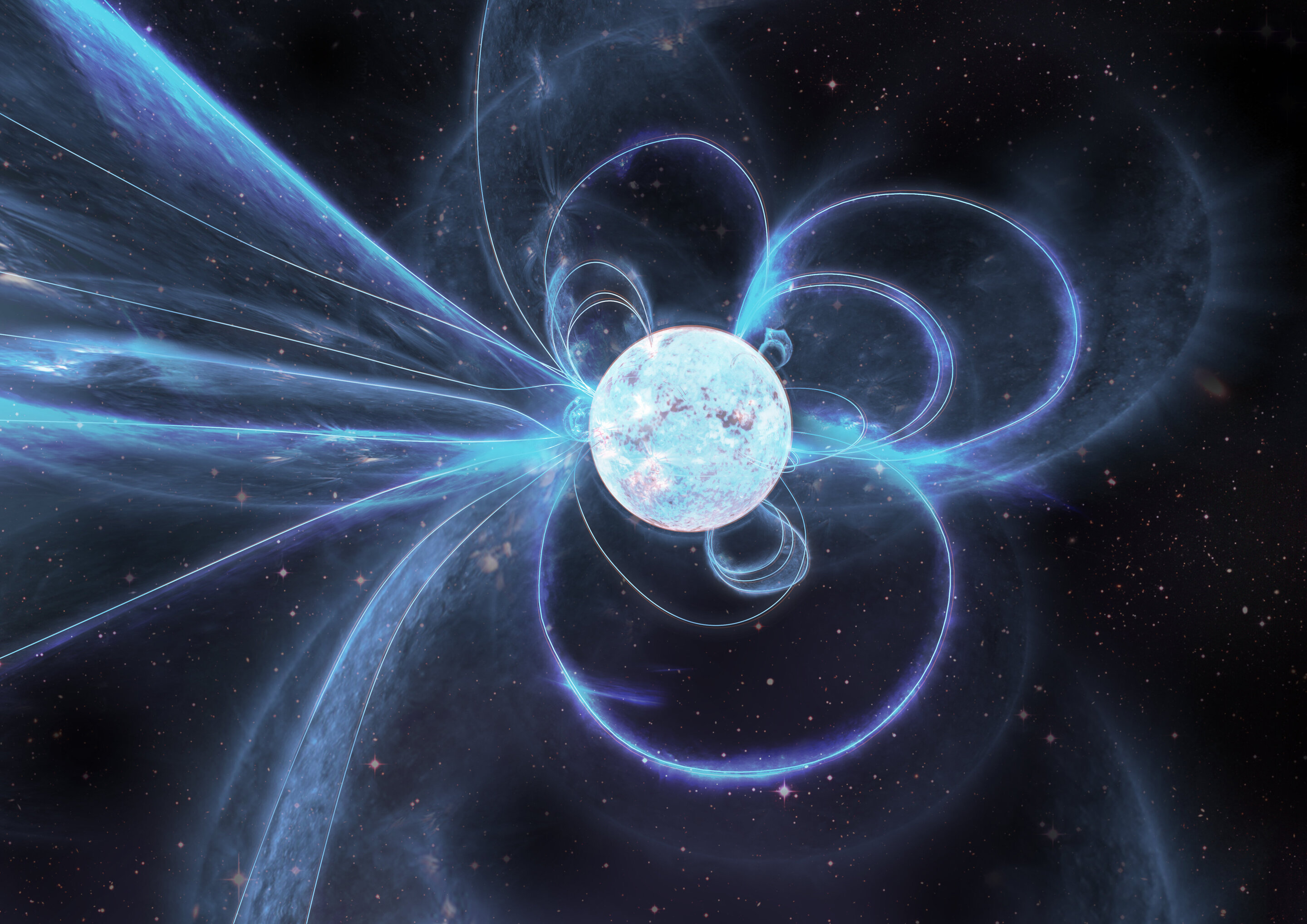
Watching X-rays flung out into the universe by the supermassive black hole at the center of a galaxy 800 million light-years away, Stanford University astrophysicist Dan Wilkins noticed an intriguing pattern. He observed a series of bright flares of X-rays—exciting, but not unprecedented—and then, the telescopes recorded something unexpected: additional flashes of X-rays that were smaller, later and of different “colors” than the bright flares.
According to theory, these luminous echoes were consistent with X-rays reflected from behind the black hole—but even a basic understanding of black holes tells us that is a strange place for light to come from.
“Any light that goes into that black hole doesn’t come out, so we shouldn’t be able to see anythin...
Read More





![Computer-simulated image of a supermassive black hole. Credit: NASA, ESA, and D. Coe, J. Anderson, and R. van der Marel (STScI) [link]](https://www.sciencedaily.com/images/2018/05/180516105218_1_900x600.jpg)
![The magnetic field of the O-type star called NGC 1624-2 is unusually large for its class. Credit: SOHO/[instrument] Consortium. SOHO is a project of international cooperation between ESA and NASA. The magnetic field of the O-type star called NGC 1624-2 is unusually large for its class. Credit: SOHO/[instrument] Consortium. SOHO is a project of international cooperation between ESA and NASA.](https://images.sciencedaily.com/2015/09/150923082607_1_540x360.jpg)


Recent Comments